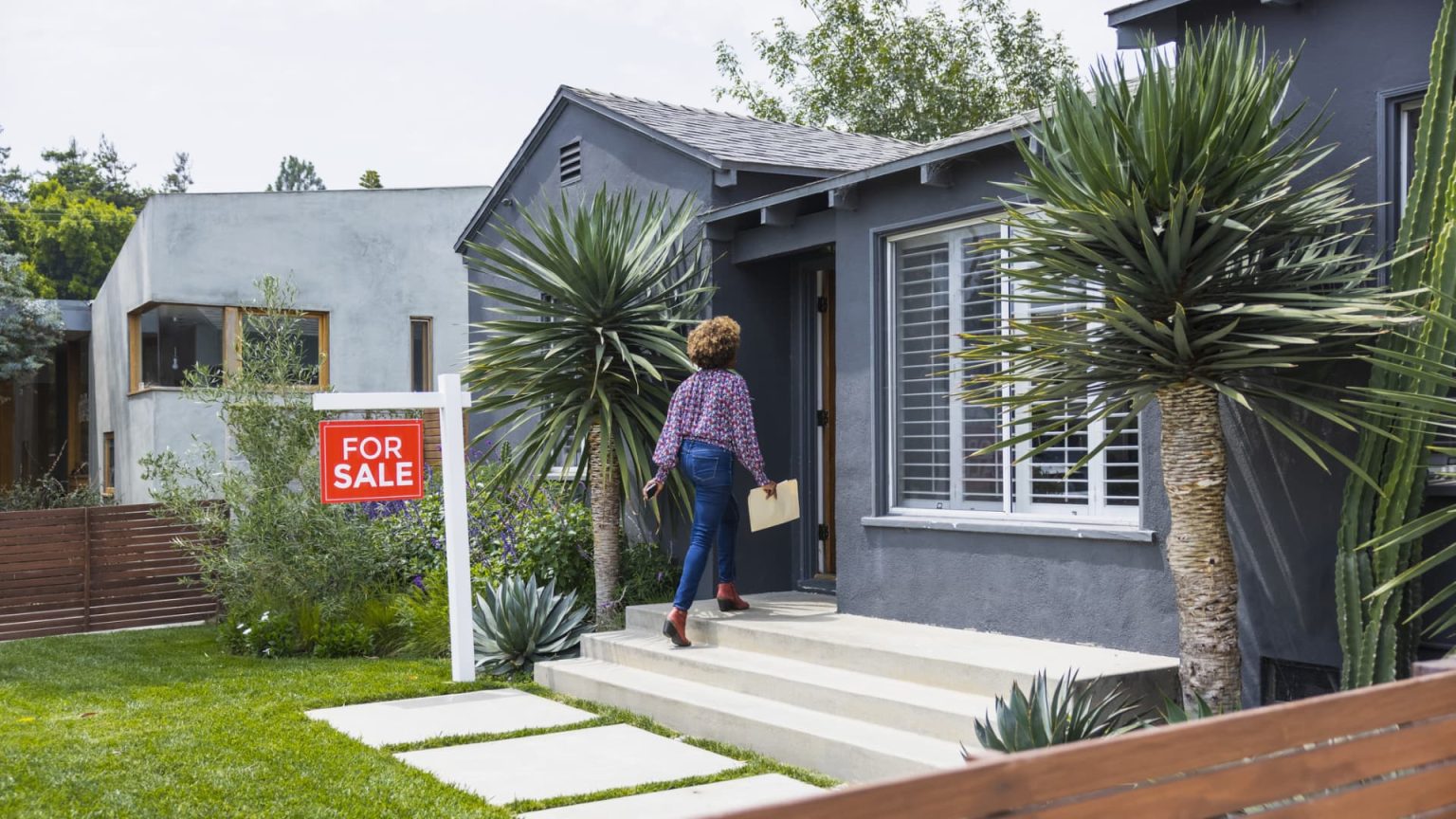Many Americans are facing capital gains taxes on profits from home sales as property values continue to rise. According to a report from CoreLogic, nearly 8% of U.S. home sales in 2023 yielded profits exceeding $500,000, compared to just 3% in 2019. This increase in profits has led more homeowners to face capital gains tax hits, especially in high-cost areas.
Married couples filing jointly can make up to $500,000 on the sale of a primary residence without owing capital gains taxes, while the threshold for single filers is $250,000. However, these thresholds have not been adjusted for inflation since 1997, resulting in more sellers experiencing capital gains tax obligations.
To qualify for the capital gains exemption, homeowners must meet strict IRS rules, including owning the home for at least two of the past five years and using it as their primary residence for any 24 months during that time. The IRS also requires homeowners to provide evidence of any improvements made to the home that can increase the basis and reduce the taxable profit.
One way to reduce your capital gains tax bill is by increasing your home’s basis through improvements that add value to the property. This can include renovations such as a new roof or addition, but routine maintenance and repairs do not qualify. Keeping detailed records of these improvements and their costs is essential in case of an IRS audit after the sale of your home.
Capital gains taxes on home sales are more common in states with high property values, where the percentage of profits exceeding the $500,000 threshold has reached double digits. While sellers can face taxes of 0%, 15%, or 20% on profits above the exemption thresholds, careful planning and documentation of improvements can help reduce the tax burden and maximize profits from the sale.













